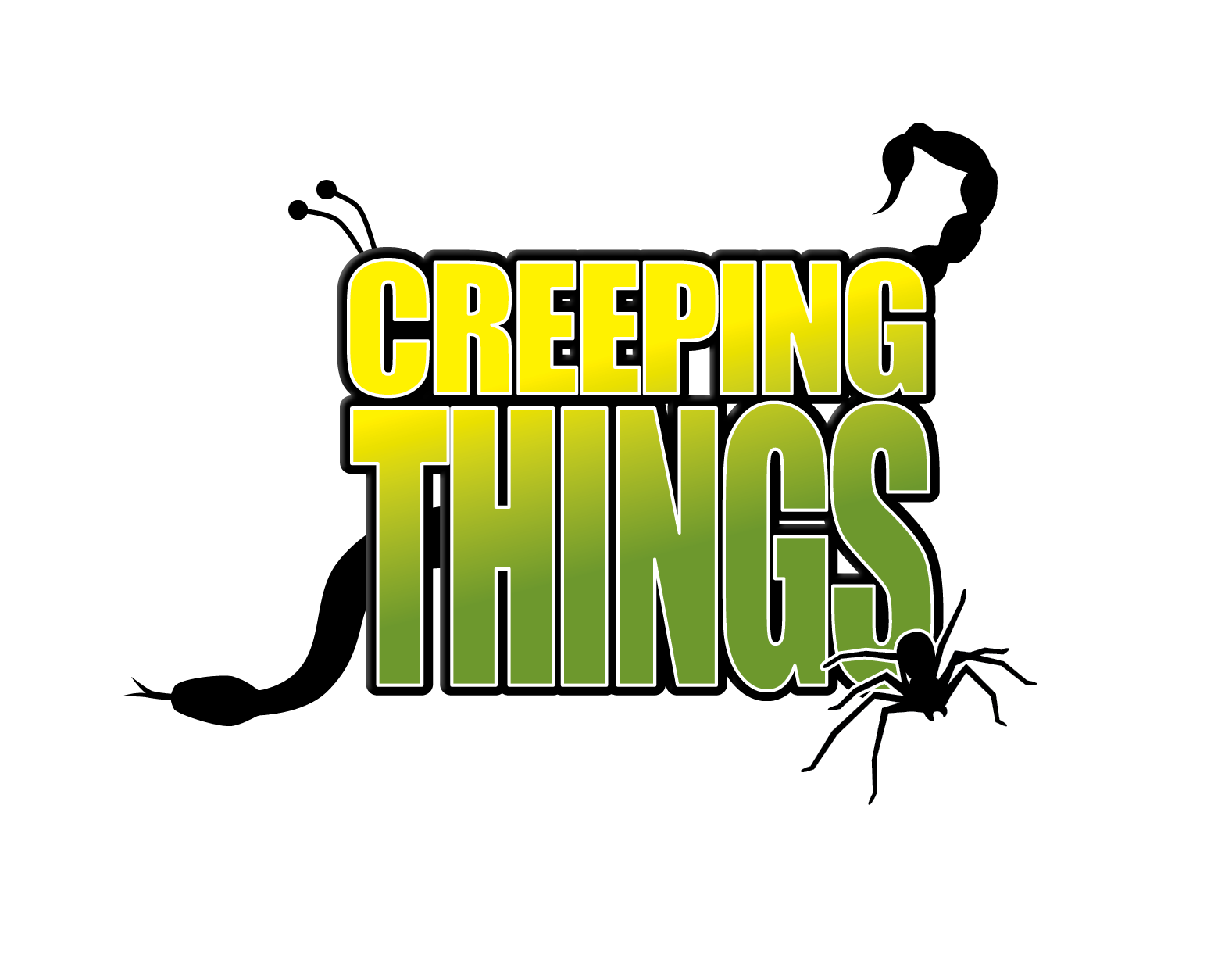An AIG article in response to the National Geographic News: “Evolution in Action: Lizard Moving from Eggs to Live Birth”
From AIG
“A strange Australian lizard that can, apparently, both give live birth and lay eggs: is it evolution “caught in the act” or a curiosity explainable by wearing creation lenses?In the lowlands of New South Wales, a lizard known as the yellow-bellied three-toed skink lays eggs—nothing out of the ordinary for a reptile. But high in the mountains of New South Wales, the same species bears live young. This strange ability to use both methods of reproduction—and its evolutionary import—is the starting point for research by East Tennessee State University biologist James Stewart and colleagues. Most reptiles, as with most fish and birds, lay eggs, but about one-fifth give live birth as do nearly all mammals. Evolutionists, such as Stewart, interpret live birth as having evolved from egg-laying at various points in evolutionary history. Therefore, “by studying differences among [skink] populations that are in different stages of this process, you can begin to put together what looks like the transition from one [birth style] to the other,” Stewart explained. The biological explanation for the two birthing styles is straightforward: laying eggs reduces the resource load on the mother, but bearing the developing embryos until birth protects them from environmental threats (such as predators and weather). It’s no surprise, then, that skinks lay eggs in the warm lowland environment but retain the embryos in the cold mountain regions.But giving birth to live young is quite different for skinks than for mammals. Skinks simply retain the eggs (that is, the shelled embryos) inside their bodies, while most mammals develop with a placenta rather than a shell. But keeping the eggs inside causes the shells to thin, so mother skinks counteract by secreting calcium into the embryos. This, according to Stewart, is “basically the early stages of the evolution of a placenta in reptiles.” He added, “We tend to think of this as a very complex transition, but it’s looking like it might be much simpler in some cases than we thought.”So is the skink really “moving” from eggs to live birth, as the National Geographic News headline states? On the contrary, it appears that God designed some creatures with the amazing capability to switch birth methods to protect them from environmental dangers; meanwhile, Stewart’s team has observed no sign that skinks (or other creatures) have acquired or are acquiring any abilities they once lacked.”
Given the instability among taxa and organizational criteria in herpetolgy, I personally would not be the least bit surprised if the montane variety of the yellow-bellied three-toed skink is named a new “species” soon.
Here is a local skink for reference, this particular species lives in the mountains as well as the lowlands of Southern California and to date has only been reported to be oviparous.

At least that’s my 2 cents….
-CH
